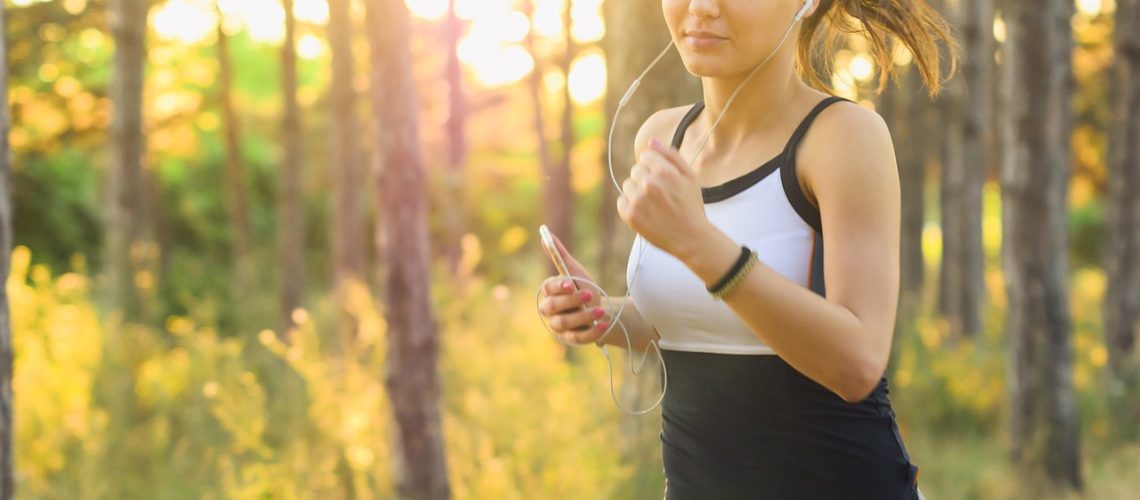Bone health is a cornerstone of overall well-being, especially as we age. One of the most effective ways to ensure strong bones is through weight-bearing exercises. But how do these exercises contribute to bone health?
The Science Behind Bone Density and Exercise
Bones are living tissues that constantly undergo a process of breakdown and renewal. This balance can be disrupted as we age or due to certain medical conditions, leading to decreased bone density and increased fracture risk.
Weight-bearing exercises exert force on the bones, stimulating bone-forming cells called osteoblasts. This force encourages the deposition of calcium and other minerals, enhancing bone density.
Benefits of Weight-Bearing Exercises
- Prevention of Osteoporosis: Regular weight-bearing exercises can reduce the risk of osteoporosis, a condition characterized by fragile bones.
- Improved Balance and Coordination: These exercises not only strengthen bones but also enhance muscle strength, balance, and coordination, reducing fall risk.
- Enhanced Bone Mass in Youth: Engaging in weight-bearing activities during the developmental years can set the foundation for optimal bone health in adulthood.
Types of Weight-Bearing Exercises
- High-impact exercises: These include activities like running, jumping, and tennis. They are more intense and can significantly boost bone density.
- Low-impact exercises: Walking, low-impact aerobics, and stair climbing fall under this category. They are gentler on the joints but still promote bone health.
Recommendations for Optimal Bone Health
- Consistency is Key: Engage in weight-bearing exercises for at least 30 minutes most days of the week.
- Diversify Your Routine: Combine high and low-impact exercises for a comprehensive approach.
- Safety First: Always consult with a healthcare professional before starting a new exercise regimen, especially if you have existing health conditions.
Conclusion
Weight-bearing exercises are a powerful tool in the arsenal for promoting bone health. By understanding their benefits and incorporating them into our daily routines, we can pave the way for a future with stronger, healthier bones.
External Links:

